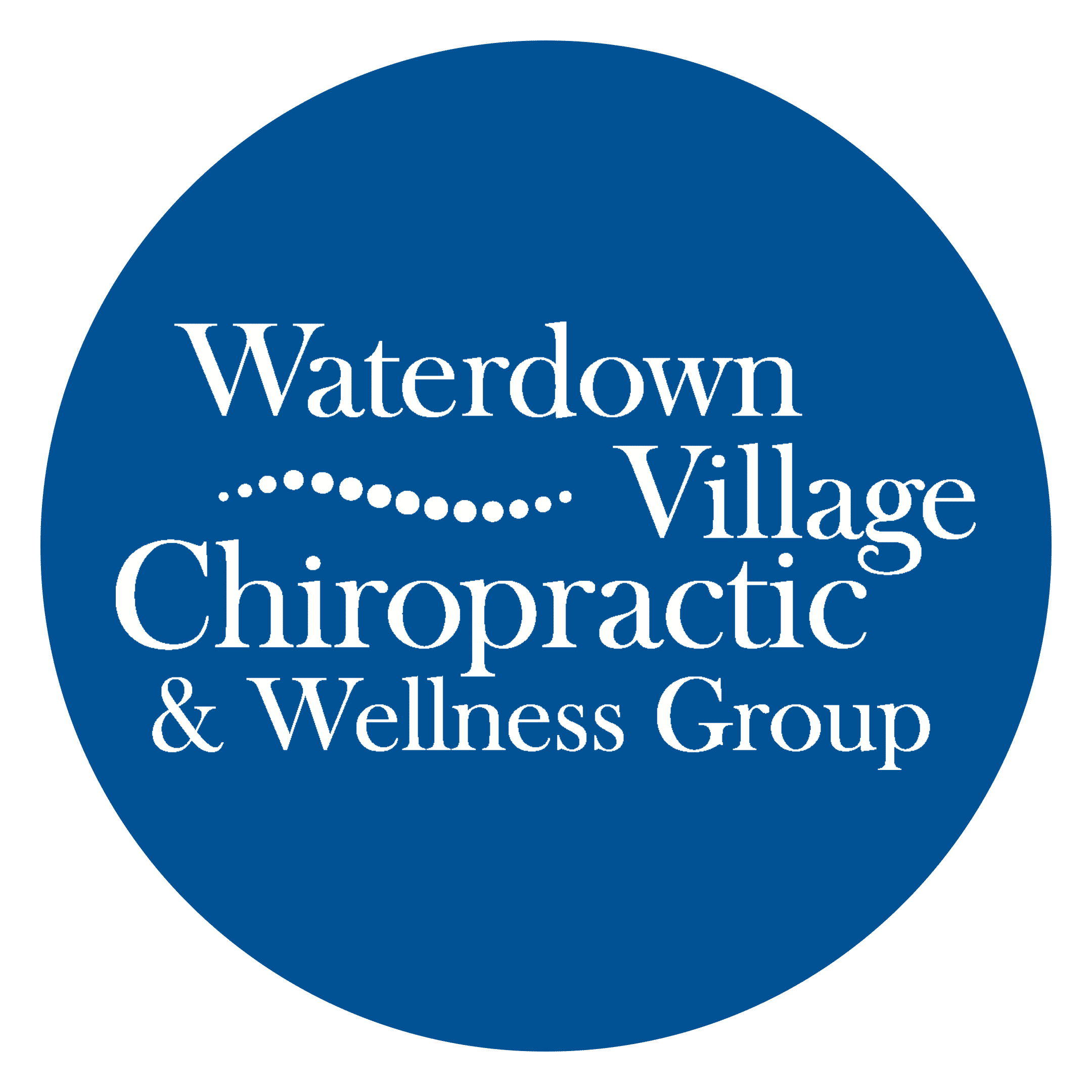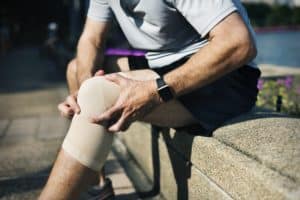Postural Restoration
We believe people can live pain free
 “What is postural restoration?”
“What is postural restoration?”
Have you ever noticed that your one foot points forward while the other points to the side when you walk? How about that one arm might swing more than the other while walking? If you look at the soles of your shoes, does the tread wear out the same on both right and left? Or maybe when you look in the mirror, you see one shoulder being higher than the other or that your chin points to one side instead of being straight?There are some other clues that might tell us that someone is too “stuck on one side.”
Usually, your body does this because it finds that this particular position is the easiest to breathe in! It coordinates every joint in your body from the ground up to keep you in the “easy to breathe” position. Over years of doing this, your body can get so used to this way of sitting, standing or walking that anything different can start to feel like “pain.” This is where Postural Restoration (PRI) comes in.
“What does an assessment look like?”
The idea with PRI is to use exercise techniques to help us use both sides of the body almost equally (we’ll always prefer one side vs. the other, but the balance can be improved). A PRI focused assessment uses simple tests to identify your asymmetries. The tests include looking at neck motion, rib cage movement, breathing, and pelvic movement and control.
Based on that, we give you 1-4 techniques to do at home that will help even things out. Gaining more balance side to side takes pressure away from your aching neck, back, shoulder, hip, knee… The list goes on (and of course, it can improve posture). This is because moving fluidly from side to side gives your body more of a rhythm, helping you flow smoothly when you move. Techniques are done 1-2 times per day for at least a week. Then you will be re-evaluated and progressed as needed. This will be repeated for 4-5 weeks. The great thing about these techniques is that when they are done properly, the change is almost instant.
You might be surprised to find that in some cases, reducing stretching would be better for you or that you should “slump” a little when sitting instead of sitting upright. Just remember that too much of anything is never great for your body. Whether you are interested in posture, performance or pain management, a postural restoration assessment can help identify areas where you need to optimize movement and strength to get you to your goals!
Ready to get started?
Physiotherapist Mike has already completed over 50 hours of extra training through PRI, and is always in the process of learning more! Book in for an assessment or free consult to see if Postural Restoration can help you or someone you know!
Our overall goal is to get you to a point where you can maintain function without pain. Let us get you scheduled in with a physiotherapist for your initial assessment. Connect with us today!

